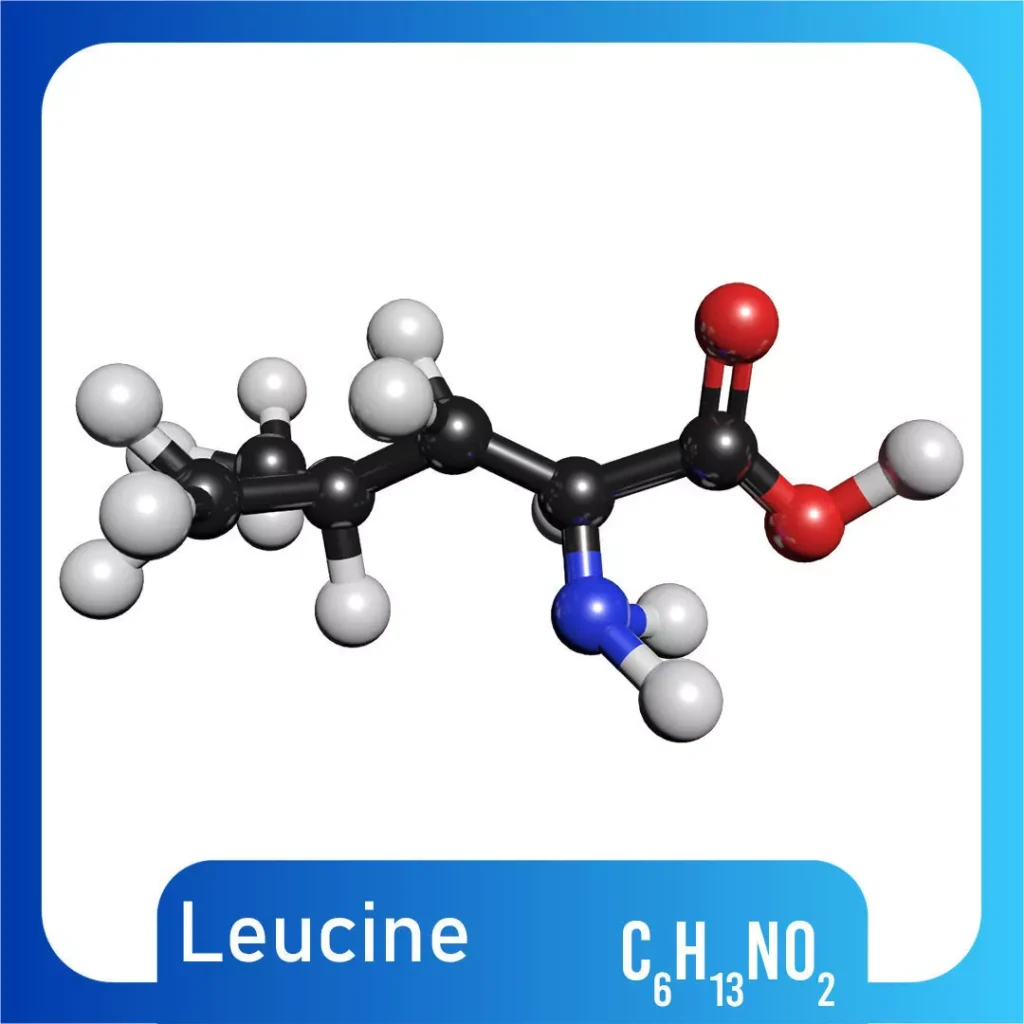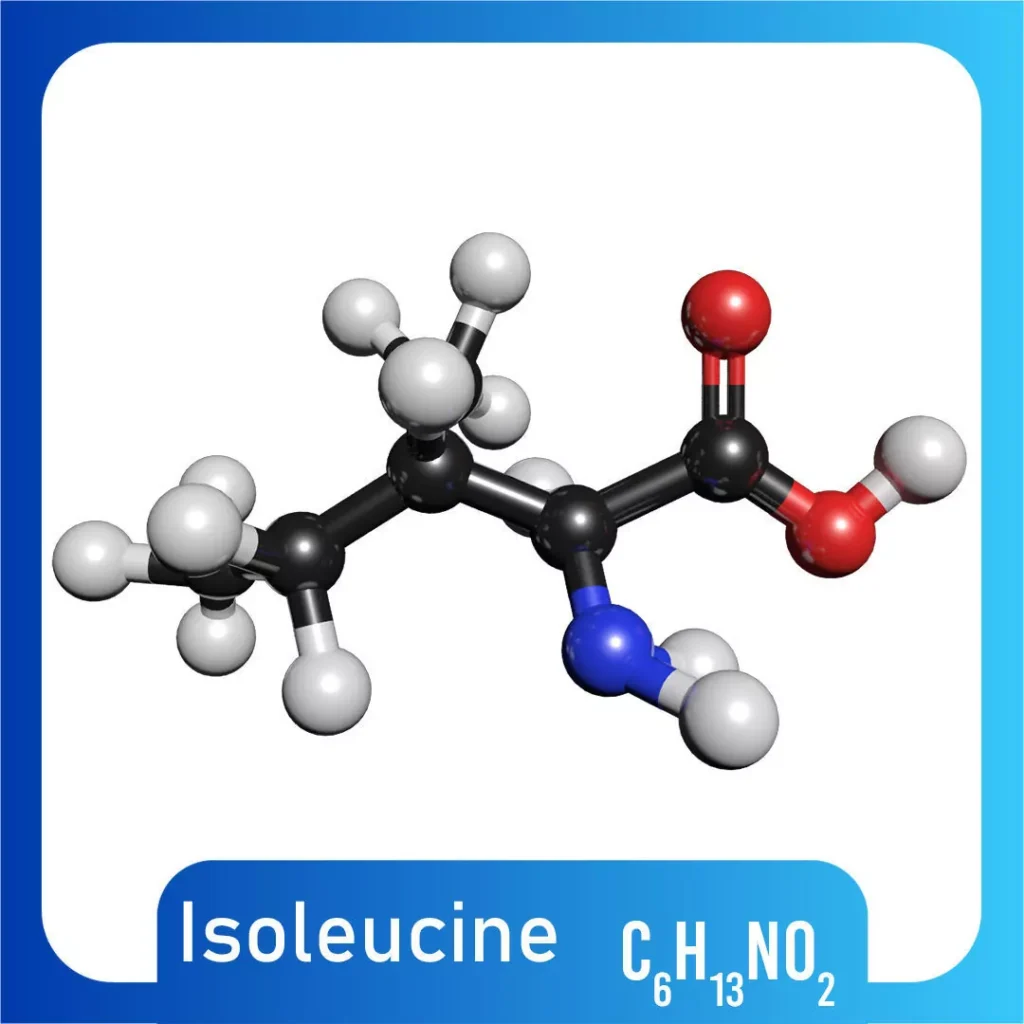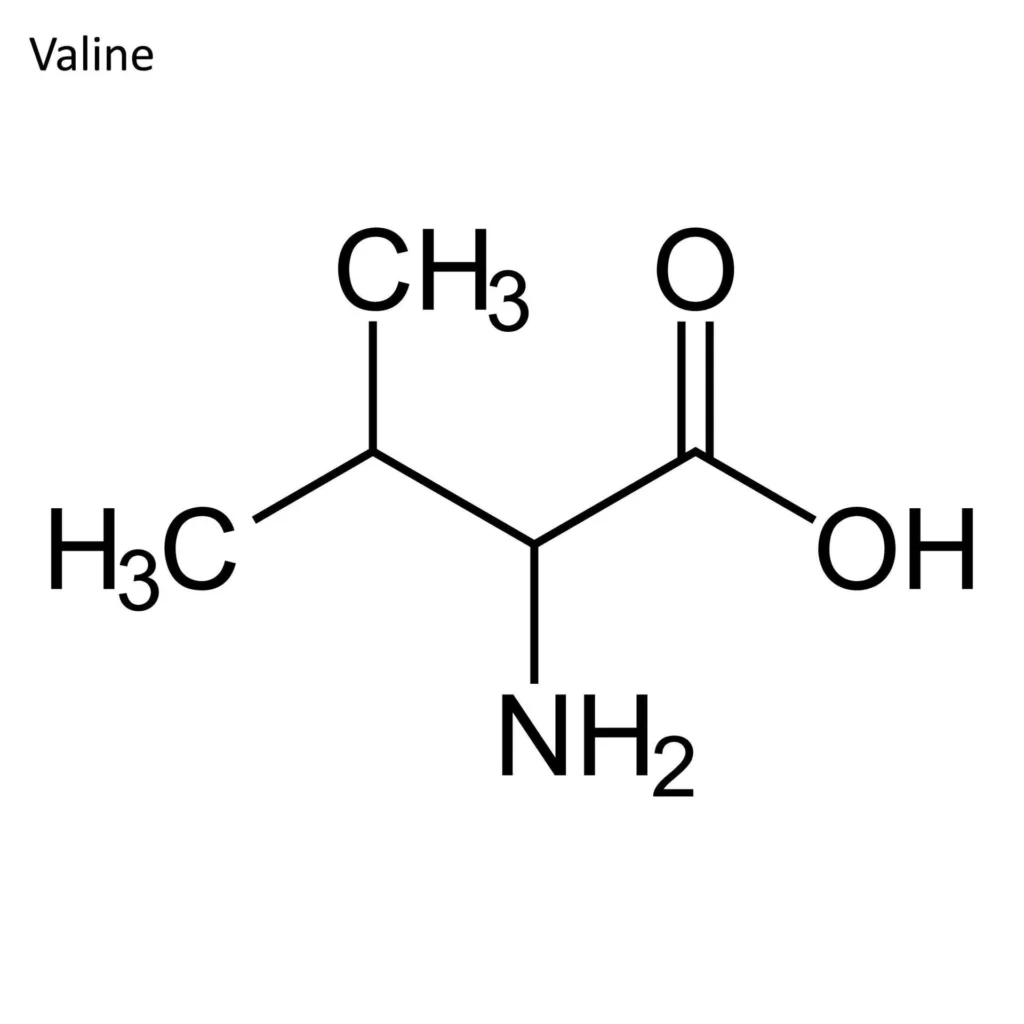Recently, I’ve been getting more and more questions via email, like: “Robert! What is BCAA for? Is it worth taking? Can I lose weight without it?” Today, I’ll explain and delve into this topic in detail since there’s too much contradictory information out there.
First, let’s understand what BCAAs are and what they are used for.
What is BCAA for?
BCAA (Branched-Chain Amino Acids) are essential materials for building new muscle structures, and these amino acids make up 35% of all amino acids in muscles.
Many studies (which we’ll touch on below) have shown the following effects of BCAA intake by bodybuilders:
- Prevent catabolism (the breakdown of muscle structures);
- Promote the growth of lean muscle mass;
- Reduce body fat percentage;
- Increase strength performance;
- Boost the overall effectiveness of other sports supplements by 30-40%.
Their role in the body is also very important:
- A substrate (starting material) for the synthesis of muscle structure proteins;
- A substrate for energy production;
- These amino acids are precursors (building blocks) for the synthesis of other amino acids (especially alanine and glutamine);
- Metabolic modulators (substances that beneficially affect the metabolism of cells subjected to severe oxygen depletion or hypoxia, as well as ischemia);
- Stimulate insulin production;
- Accelerate fat burning (by converting the peptide hormone leptin in adipocytes).
This leads to the conclusion that BCAAs are beneficial during any training period! Whether you’re building muscle mass or burning fat.
BCAA Composition
BCAA is a complex consisting of three amino acids:
If you look at the configuration of these amino acids, it’s clear that they are branched:



As we know, our body is composed of 20 amino acids, 12 of which the body can synthesize on its own (only 10 in children), while the other eight must be obtained from food.
Among these eight essential amino acids, three have a branched molecular configuration (BCAA).
The most important of these amino acids is LEUCINE! Why leucine? Because physical exercise accelerates the oxidation of BCAA amino acids! Our body does this to maintain energy balance (homeostasis) by converting them into glucose (the most easily accessible energy source).
Studies show that during and after exercise, the concentration of BCAA amino acids in muscles decreases (ESPECIALLY LEUCINE!). This leads to the initiation of metabolic processes aimed at restoring the previous concentration of BCAAs.
As a result, muscle proteins begin to break down since they are the main sources for replenishing the BCAA amino acid pool.
Scientists have recently been paying particular attention to the role of leucine as a source of ATP (the body’s main energy substrate) because the oxidation of leucine in muscles produces more ATP molecules than the same amount of glucose.
Considering that the oxidation of leucine and glucose occurs through different pathways, athletes get two powerful sources of ATP simultaneously. Consequently, recovery is much faster.
Why Should You Take BCAAs? Research Findings
As promised, I’ll share some interesting conclusions from studies by international researchers that I’ve reviewed.
There is a vast amount of research on BCAA amino acids. This is one of the few supplements with a very strong evidence base, and its high effectiveness is confirmed by REAL studies, not just marketing tricks and fabrications, as is the case with most products.
Honestly, it amuses me when some “experts” online make statements like: “I took BCAAs for a month, didn’t notice any changes! I guess they don’t work!” It’s funny to hear this when there are studies by numerous reputable scientists.
As I mentioned, the most important amino acid in bodybuilding is LEUCINE, not just as an energy substrate in BCAAs.
Here’s what a study by A. Mero titled “Leucine Supplementation and Intense Training” has to say on the subject:
“When BCAA amino acids (76% leucine) were added to daily protein intake, there was an increase in lean muscle mass and strength, as well as a reduction in muscle breakdown and body fat levels.”
A. Mero
As we can see, this study confirms several of the effects of BCAA intake mentioned earlier.
To further confirm that BCAAs accelerate muscle protein synthesis (helping muscles recover and grow faster), another interesting study was conducted by Elisabeth Borheim.
“Essential amino acids accelerate muscle protein synthesis, but the experiment showed that the introduction of non-essential amino acids for this purpose is not necessary. The greater the dose of BCAA amino acids, the stronger the anabolic response obtained.”
Elisabeth Borheim
It becomes clear that taking BCAAs significantly speeds up muscle recovery after workouts.
Another interesting study was conducted by Yoshiharu Shimomura.
“The data confirm that fatty acids may be one of the regulators of BCAA metabolism, and that during physical exercise, the body has a higher demand for these amino acids. Additional BCAA intake before and after training leads to reduced muscle breakdown and increased muscle protein synthesis.”
Yoshiharu Shimomura
This shows that taking BCAAs before and after workouts is well justified.
Recently, I came across another intriguing study by Jim Stoppani.
“Eight weeks of BCAA supplementation during resistance training led to a decrease in body fat percentage, an increase in lean muscle mass, and improvements in strength in the bench press and squat.”
Jim Stoppani
All of the above studies speak for themselves. But before you rush to the store to buy these amino acids in colorful jars, we need to consider a few more interesting points.
BCAAs for Weight Loss
BCAAs don’t work like fat burners (such as yohimbine, clenbuterol, or ECA), which stimulate specific groups of receptors to accelerate lipolysis (fat breakdown) and fat burning.
BCAAs work through a slightly different mechanism. They stimulate the production of the hormone LEPTIN, which is very important for weight loss.
Leptin is a complex hormone that regulates many metabolic processes, specifically:
- Body Weight
- Appetite
- Fat Expenditure and Storage
To simplify the mechanism of this hormone during weight loss, it can be described as follows:
The Higher the Amount of Fat in the Body, the Higher the Secretion of Leptin.
When you start following a diet to lose weight, leptin secretion also begins to decrease. This leads to an increase in appetite and a slowdown in metabolism (the body does this to preserve fat stores).
This is why it can happen that an athlete drastically reduces their caloric intake, increases physical activity, yet their weight remains the same. The body tries to maintain homeostasis (balance). To overcome this plateau, it often requires further reducing and controlling your diet.
BCAAs help increase leptin secretion to kickstart the weight loss process. These amino acids essentially “trick” the body into thinking that high-calorie food has been consumed, prompting the body to respond with leptin secretion. As a result:
- Appetite normalizes;
- Caloric expenditure through fat burning increases;
- Metabolism (metabolic rate) increases;
- Muscle catabolism (breakdown) decreases.
This is how BCAAs function in terms of fat burning.
How to Take BCAAs
First of all, I want to clarify that I’m specifically talking about taking BCAAs as a supplement to your main diet, assuming you’re getting enough protein throughout the day.
Almost any protein contains these amino acids, so it would be unwise to ignore that.
The most suitable times to take BCAAs:
- In the Morning
- Before Training
- During Training
- After Training
The body needs BCAAs during and after workouts, as this is when these amino acids are most active.
But how do you take BCAAs, for example, during a workout? BCAAs are available in various forms:
- Capsules (absorb fairly quickly, with no pronounced taste).
- Tablets (slightly bitter, with a slower absorption rate than capsules).
- Powder (slightly bitter, with a fast absorption rate).
- Liquid Form (the least common and most expensive form of BCAAs, which I believe isn’t worth the extra cost).
The most rational approach, in my opinion, is to take 5-15 grams of BCAAs 30-40 minutes before your workout (capsules or tablets can be used). Then, mix 5-15 grams of BCAA powder in water and sip it slowly during your workout. After the workout, take another 5-15 grams of BCAAs (again, capsules or tablets are fine).
It’s even better if you take BCAAs along with protein after your workout.
How to Take BCAAs for Weight Loss
Most professional trainers and sports physiologists agree that the optimal single dose of BCAAs should be 4-10 grams (33 mg per kg of body weight), whether for weight loss or muscle mass gain. They are typically taken 1-3 times a day.
Smaller doses of BCAAs are also effective but may not fully meet the body’s needs.
Many BCAA manufacturers deceive their customers by offering BCAAs in small dosages for the same (often high) price. So, pay attention to the BCAA dosage listed on the packaging.
In general, BCAAs are a relatively expensive protein when calculated per gram. Therefore, during a bulking cycle, I don’t see much point in taking this supplement, as your BCAA needs can be sufficiently met through regular food.
However, during a “cutting” phase, it’s a different story. With limited calorie intake, you may not get the necessary amount of BCAAs, which could slow down fat loss due to decreased leptin secretion. BCAA supplementation is most beneficial during a “cut.”
Will Taking BCAA Supplements Improve Muscle Gain Progress?
Most likely, yes. It will improve progress slightly, though you might not notice it if your daily diet is rich in animal proteins. As I mentioned earlier, there’s not much point in spending money on BCAAs during a bulking phase, provided you’re consuming enough animal protein.
About BCAA Amino Acid Ratios
If you do decide to buy this supplement, you’ll encounter a mysterious label (ratio) on the packaging, such as 2:1:1 or 8:1:1.
As you might guess, the 2 or 8 refers to LEUCINE! This ratio indicates the content of leucine relative to the other two amino acids (L-Valine and L-Isoleucine) in the supplement.
It might seem that since leucine is the “king” of amino acids, you should go for ratios like 8:1:1 or even 16:1:1, but don’t rush, friends.
Research from Baylor University showed that pure leucine significantly increased protein synthesis in the body compared to a placebo, but BCAAs (all three amino acids) increased it EVEN MORE! Therefore, the most rational ratio is 2:1:1 (or at most 4:1:1).
It has been proven that valine is responsible for reducing fatigue during workouts, while isoleucine, according to Japanese studies, demonstrated an excellent fat-burning effect (mice on a high-calorie diet that consumed isoleucine gained less fat).
How to Take Creatine with BCAAs
Honestly, I’m surprised that some people are unsure about taking BCAAs with creatine. Personally, I see no barriers to doing so.
By the way, I’ve already explained in detail in one of my articles about creatine monohydrate and its benefits.
From that, we can conclude that the best times to take creatine are:
- In the Morning: A teaspoon of creatine in a glass of sweet juice (500 ml) on an empty stomach.
- After Training: Also with sweet juice.
In my opinion, it’s more convenient in the morning. You get up, mix the creatine in the juice, drink it, and you’re done—no need to think about it later.
BCAAs and creatine combine perfectly. You can mix BCAAs directly into the juice along with the creatine or drink them 5-10 minutes later—there’s not much of a difference.
The only potential obstacle, as I see it, is that I recommend taking BCAAs specifically during a “cut” (though it’s not necessary since they’re expensive), and during a cut, 500 ml of sweet juice could hinder fat loss as it significantly raises insulin levels, which halts lipolysis and fat oxidation.
However, for many, especially ectomorphs (naturally thin individuals), this isn’t a barrier at all, so feel free to drink it.
There’s really nothing more to say on this matter—creatine and BCAAs go great together, so don’t hesitate to take them. And in general, BCAAs pair well with ANY KIND OF SPORTS SUPPLEMENT!
Which BCAAs Are Best to Choose
You should rely on the following factors:
- Composition + Amino Acid Ratio (as mentioned earlier);
- Form (whichever is more convenient for you, powder or capsules/tablets);
- Price (Sometimes the price is unrealistically high, but you shouldn’t go for something suspiciously cheap either);
- Brand (important, but not the most crucial factor).
How to Determine if BCAAs Are High Quality
The following characteristics are typical:
- If the BCAAs are pure, they will form a small film on the water and won’t fully dissolve when stirred.
- BCAAs taste slightly bitter.
- What’s on the label should match what’s inside.
- The packaging should be of high quality and sealed according to factory standards.
- Check the expiration date.
Foods Containing BCAAs
There’s nothing easier than popping a few BCAA capsules and washing them down with water, or mixing the powder in water, but a person can’t live on supplements alone. Therefore, it’s essential to ensure you’re getting BCAAs from food (though, I must say, it’s not difficult at all).
Here are foods that contain the most BCAAs:
- Chicken breast, ground beef, salmon, tuna, beef steak, tilapia = 6 g BCAAs per 150 g.
- Turkey = 5 g BCAAs per 150 g.
- One chicken egg = 1 g BCAAs.
As you can see, getting enough BCAAs isn’t that hard, and any shortfall can be supplemented with products.
Conclusions
Let’s summarize everything discussed to give you a complete picture of the topic.
- BCAAs are branched-chain amino acids (LEUCINE, ISOLEUCINE, VALINE).
- The effectiveness of BCAAs is backed by numerous studies.
- During weight loss, BCAAs promote the secretion of LEPTIN, which helps accelerate fat burning.
- BCAAs are more beneficial during a cutting phase than a bulking phase. However, if cost isn’t an issue, they won’t hurt during bulking either.
- Creatine and BCAAs combine well—don’t be afraid to take them together.
- Foods containing BCAAs include almost all types of animal protein.
Do I take BCAAs? Currently, yes. But they are not a magic solution for either weight loss or muscle gain. They do make the process a bit more enjoyable.
As a side note, I have two jars of BCAAs gathering dust—one with powder, and another with capsules (a pretty cool jar from Universal Nutrition, gifted to me on my birthday).

